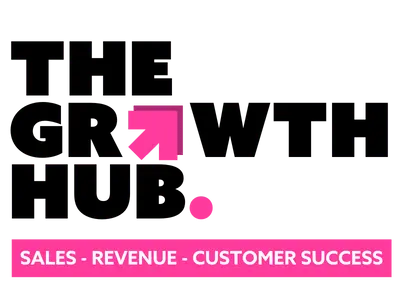Customers today want information in real-time. They don’t expect to have to wait, particularly if they are ready to buy, and unwarranted cold calls are becoming more and more unpopular by the day. Enter real-time sales, via your website – which in the digital age has the potential to be your best-converting channel (if it isn’t already). Here is why live chat, via your website, is the perfect tool to enable your salespeople to sell as and when potential customers are directly on your website.
The revolutionary real-time sales channel
Conversational platforms allow you to have conversations while your audience is actually browsing your website. As these platforms have become increasingly popular, more options have become available. The likes of Intercom, HubSpot, and Drift all offer good options, and they are all really easy to install on your website. Alternatively, there are tools that enable you to have conversations via WhatsApp and Facebook Messenger, if you’d prefer that.
Why real-time sales?
Typically, a real-time sales platform appears as a small chat icon on the bottom corner your site and enables you to have real-time chats with your website visitors via an app (on a mobile device) or through one of its integrations – for example, Slack.
A real-time sales platform essentially provides you with the ability to capture and convert your audience there and then – meaning no need for additional marketing efforts, no need for the prospect to fill out forms, no need for your audience to go searching for what they are looking for, and no need for follow-ups. And if you don’t buy it, live chat platforms help increase conversion rates by 4-8x. It’s simple. A prospect comes onto your website, opens up a chat, and connects directly to your salesperson.
You can also automate some of the process if you’d like to capture visitor intelligence before passing on to a salesperson.
These two resources are a great place to start if you want to find out more:
- Intercom’s guide to getting started with real-time selling
- Drift’s infographic on why real-time selling is the future of sales
Building a real-time sales function
Of course, this is a totally different way of selling for most salespeople. But if they understand the benefits and start having real conversations via chat on their phone, they’ll quickly realise the benefits. At the start, they need to be educated that they will be able to chat with prospects at the exact moment that prospect is ready to find out more about your business or product.
Once chatting with a prospect, you can direct them to free trials, offers, relevant content and more, there and then.
Depending on the size of your sales team and the amount of website traffic you get, you can put a dedicated resource on managing live chats, opt to rotate chats between various salespeople, or have a rota for who is managing sales chats on specific days.
More importantly, if implemented correctly, real-time sales is a strategic move to get ahead of the competition. Customers want to use digital channels, and it helps to make your business look forward-thinking and customer-centric. A massive 80% of B2B buyers expect companies to respond in real-time. Obviously, this doesn’t just apply to sales but marketing and customer service benefit massively from offering this functionality as well.
Scalable growth
Real-time platforms are beneficial even if you don’t get much traffic through to your website because they are so scalable. The effort required to manage the process is minimal, particularly as your sales reps can have conversations through an app on the move. Live-chat means you can respond to more opportunities quicker, beating off your competitors and helping to convert more loyal customers. And, because it’s generated through your website, it is a cheap source of warm leads.
To finish, here are three quick tips to keep in mind when thinking about implementing a real-time sales platform:
1 – Don’t pretend your live chat is human if you automate some of the conversations. Prospects will figure out if it is actually a bot they are talking to.
2 – Try to personalise the chat experience as much as possible. Connect leads with relevant salespeople (i.e. by country), and manage information via your CRM.
3 – Educate your sales team on the benefits of conversing directly with prospects as they browse your website. As with all new technologies, getting buy-in is key to its success.




